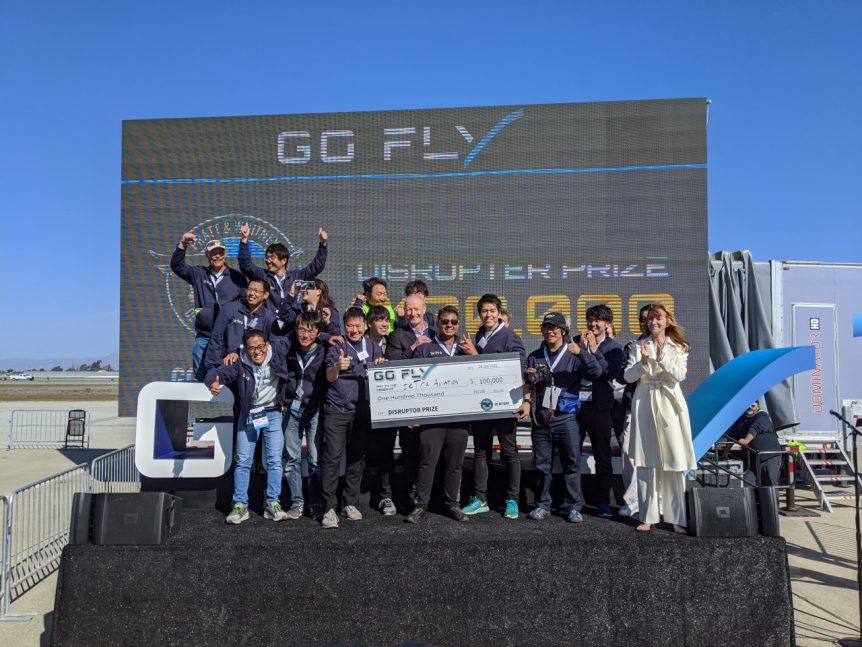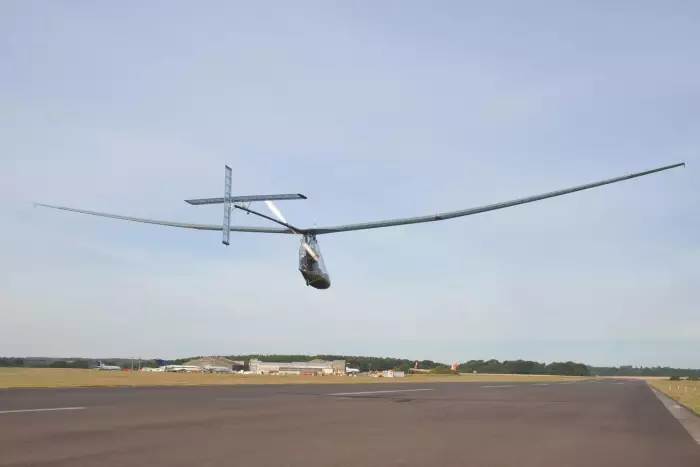A well-produced video looking like a Christopher Nolan trailer for an upcoming Batman film — Silverwing’s preview of its coming attraction wraps us in a cocoon-like cockpit with a heads-up display to envy. Silverwing’s S1 was one of 20 machines to show up at Moffett Field in Mountain View, California for the GoFly Prize flyoff. As Beth Stanton reported in the May issue of Sport Aviation, the gathering represented the best of 854 teams from 103 countries who made it through the first phase of the competition over two years ago. The attrition rate may seem high unless one considers the difficulty level posed by the contest’s constraints. Beth’s article, “On the Edge of Possibility,” draws its title from a statement by Malcolm Foster, a GoFly judge and mentor, and director of special projects at GKN Aerospace. He explained the challenge involved: “The eight-and-a-half-foot diameter with current battery technology was right on the edge of possibility.” He referred to the …
Icarus Cup Achieves New Records
Doing more with much less, British pilots at this year’s Icarus Cup follow in Paul MacCready’s aerial path, staging a highly successful weeklong demonstration of human-powered flight. Airplanes that fly on about a quarter-kilowatt for as long as the human battery can operate the pedals are not new, and significant records have been achieved over the years. The British have long been involved, beginning with the 590 meters flight by Derek Piggott on November 9, 1961 in SUMPAC (Southampton University’s Man Powered Aircraft – note the sexist terminology of the day). This was considered the first authenticated takeoff and flight by a human powerplant. He made 40 flights before suffering a crash that damaged a wing. To help foster interest in human-powered flight, The Royal Aeronautical Society formed the Man Powered Aircraft Group in 1959. Henry Kremer, an industrialist, set up the Kremer prize for a figure-of-eight flight around two markers half a mile (~0.8 Km) apart in 1959. It …
HB-SIA Across America
This morning, Andre’ Borschberg and Bertand Piccard revealed the potential route for Solar Impulse’s Across America mission in a press conference at Moffett Airfield in Mountain View, California. The airplane is fully reassembled after being brought to America on a Boeing 747. Test flights will begin March 30th, and a technical flight “to test the aircraft’s mission readiness” for the coast-to-coast flight will take place March 30th. According to the Solar Impulse project, “The voyage will start in San Francisco on May 1st with stopovers in Phoenix (Arizona), Dallas (Texas), Atlanta (Georgia) or St. Louis (Missouri) on its way to Washington D.C. and New York City. The exact dates for each leg are undefined, as weather conditions play a factor in our flights.” The team promises, “Finally, we wanted to let you know that the Solar Impulse team is working very hard to open the hangar doors to all supporters and enthusiasts that wish to see the airplane. Working out …
Saving the Air While Saving Crops
AvWeb this morning reports on a “highly cost-effective” way to make jet biofuel from renewable materials. According to AvWeb, San Francisco-based, “AliphaJet said its catalytic method uses materials derived from plants and animals such as triglycerides and fatty acids. ‘Our strategy fundamentally improves the economics of making 100-percent drop-in renewable jet biofuel,’ said Jack Oswald, CEO of AliphaJet. ‘Our approach is radically different and unlocks a new industry that can meet the U.S. Navy’s goal of replacing 50 percent of its liquid fuels with renewables by 2020.’ “AliphaJet said its catalytic de-oxygenation process ‘significantly reduces capital and operating costs’ because it does not require the use of hydrogen in processing. That means the processing plant can be less complex, reducing capital costs. It also saves money because the biofuel can be produced close to the site of the raw materials, without the need to be close to a hydrogen source. The company says its process can also produce renewable drop-in …


